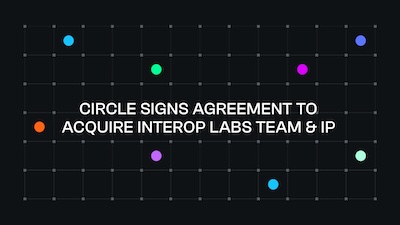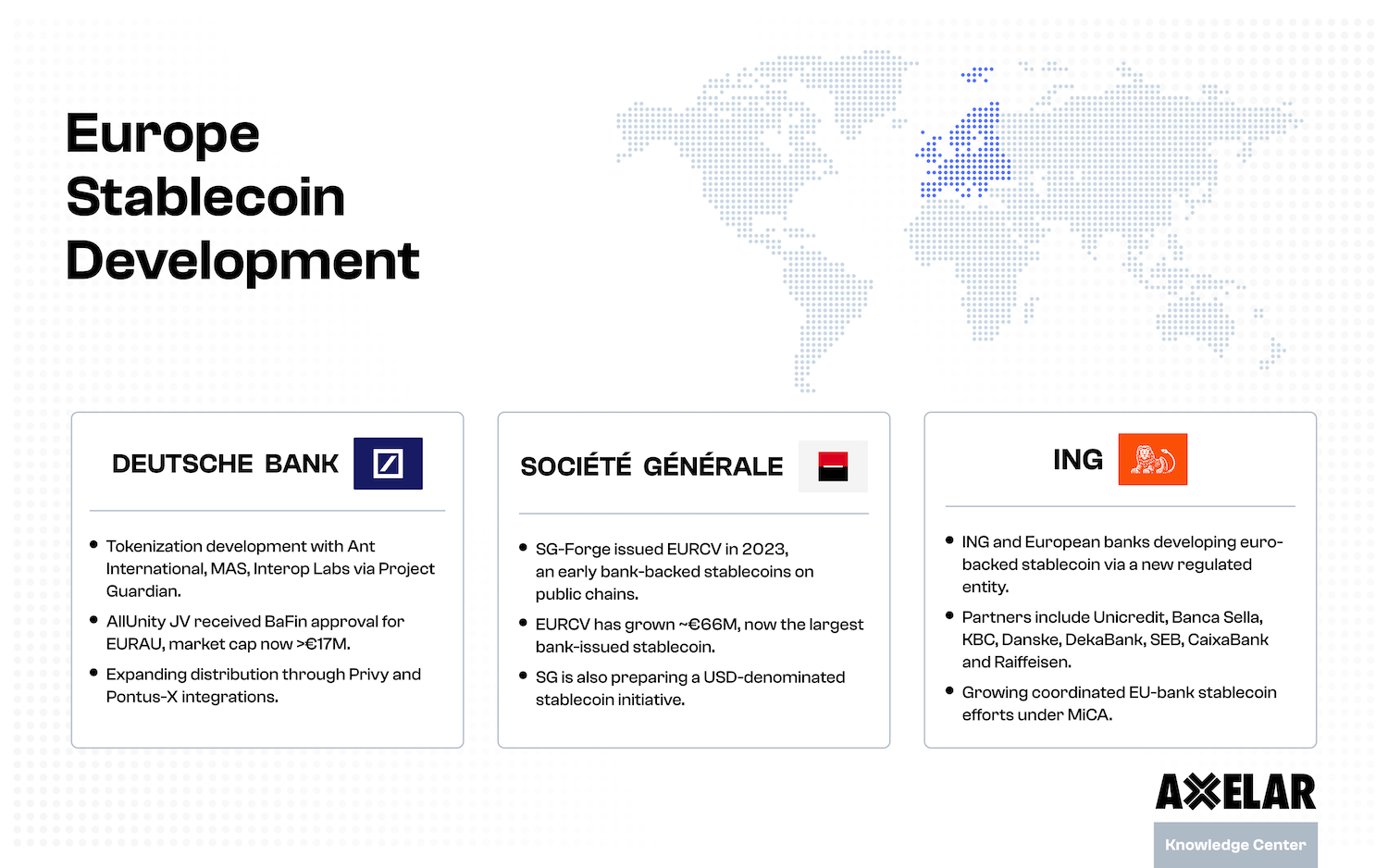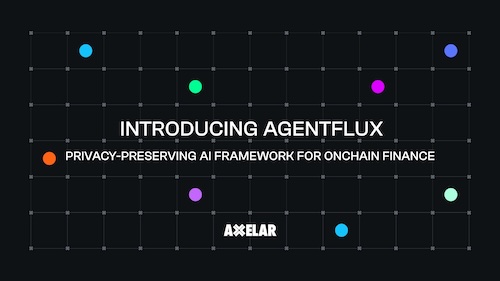The Optimism Bridge & L2 Interoperability
Table of Contents



Cross-chain interoperability has emerged as one of the key needs for the growth of the Web3 ecosystem. With the rise of layer-2 blockchains, this need will grow. Native bridges like the Optimism bridge are the first line in preserving Ethereum-level interoperability across multiple chains. Here's what to know about the Optimism bridge and how to use it.
Developers need interoperability to build the best applications; users require it for a seamless experience. However, each blockchain comes with its own set of regulations and consensus mechanisms, making it difficult for platforms built on different blockchains to communicate with each other. This is true of Layer-2s, too, despite their roll-up connections to the Ethereum layer-1 blockchain.
While there are multiple blockchain interoperability solutions available, cross-chain bridges are the most well-known. Think of a cross-chain bridge as a decentralized application enabling the transfer of assets from one blockchain to another by serving as a “bridge.”
Among the many layer-2 solutions, Optimism is one of the emerging networks that is designed to reduce the load on the Ethereum mainnet. Optimism employs optimistic rollups technology to execute transactions off-chain while still ensuring a level of security similar to that of the Ethereum mainnet. This technology helps in scaling the Ethereum ecosystem by allowing for more transactions to be processed in a shorter amount of time with reduced gas fees. Optimism also supports all of Ethereum's decentralized applications (dApps) without any modifications required, making it a viable alternative for developers.
To ensure cross-chain interoperability for its users, Optimism has launched its own native cross-bridge. Here's a detailed overview of the Optimism bridge and some other effective ways to connect with the Optimism ecosystem.
What is Optimism?
Optimism is a layer-2 scaling solution for Ethereum created to help the Ethereum network run smoothly by taking some of its transactional load. Optimism uses optimistic rollups to bundle transactions to execute outside the blockchain and reduce fees and transaction time on the Ethereum network.
Ethereum processes transactions one by one, where users pay gas fees to validators who validate and add transactions to the blockchain. It's secure but can be slow and costly. On the other hand, Optimism bundles many transactions together using optimistic rollups, processing them off-chain in a Layer 2 environment. It operates on an "optimistic" assumption that transactions are valid, speeding up processing. However, if a fraudulent transaction occurs, it can be challenged and reverted. Challengers are incentivized to monitor and challenge fraudulent transactions through rewards, ensuring the integrity of state commitments.
This offers a significant reduction in on-chain data storage needs, lower fees and faster transaction times. With optimistic rollups, Optimism has become a popular choice for both users and developers along with other layer-2s, such as Polygon and Arbitrum.
Another standout feature of Optimism is its native compatibility with Ethereum’s dApps, offering developers a hassle-free transition platform. Without the need for cumbersome programming, Ethereum-based smart contracts can be seamlessly integrated into Optimism through its full-fledged compatibility with the Ethereum Virtual Machine (EVM).
Optimism's native governance token is OP, which gives holders participation rights in The Optimism Collective. Their governance system is two-tiered, comprising the Token House and the Citizens’ House. While Token House members are responsible for submitting, deliberating and voting on various types of governance proposals, the Citizens' House is responsible for retroactive public goods funding (RPGF).
As a result of its extensive features, Optimism has quickly attracted developers and applications. According to Etherscan, the OP mainnet handles ~300-400K transactions every day, with the highest number of transactions handled at 944,668 transactions on July 27, 2023. Moreover, prominent applications such as automated market maker (AMM) Uniswap V3 and programmable liquidity protocol Balancer support Optimism for an improved user experience.
Cross-chain Optimism bridge
Optimism was founded in 2019 and released its mainnet to the general public in 2021. Since the OP mainnet required ETH for its transactions, Optimism also launched its native cross-chain Optimism bridge which enabled users to bridge their ETH into the Optimism ecosystem. This also enabled Optimism to capture the highly bankable Ethereum liquidity, which can be used in the Optimism ecosystem for a variety of use cases, including decentralized finance (DeFi), gaming, NFTs and staking.
The Optimism bridge currently supports direct bridging from the Ethereum ecosystem to the OP mainnet. When bridging their assets from Ethereum, users can simply choose the asset from the list of supported assets and bridge them into Optimism. To bridge their assets back, users can similarly initiate a transfer from the OP mainnet back to the Ethereum chain.
While users can seamlessly bridge their ERC-20 and other supported assets into the OP mainnet without any cross-chain fees, fee;s fees may be higher when withdrawing funds out of the bridge, along with a seven-day waiting period.

Along with Ethereum, the bridge also supports deposits from multiple other networks such as Base, Polygon, BNB Chain, Arbitrum and Avalanche – to name a few. A variety of popular exchanges such as Binance, Coinbase, Huobi and KuCoin are also supported by the bridge. However, the bridge does not support direct bridging from these networks and exchanges and instead relies on third-party bridges for assistance. As per DefiLlama, at the time of writing, the Optimism bridge had processed nearly $700 million in volume in the trailing 30 days.
Bridging into Optimism beyond the native Optimism bridge
The Optimism bridge enable users to bridge into the OP mainnet from a variety of blockchains, using the Optimism bridge UI. Users going beyond that list have chosen Axelar, which connects Optimism to more blockchains more securely than any other cross-chain network. With Axelar, users also get universal connections, enabling them to seamlessly swap their assets across all supported chains, including Polygon, Ethereum, Avalanche and many Cosmos chains, without needing to return to the source chain.
Since adding support to Optimism in early 2023, Axelar has witnessed significant cross-chain transfers to and from the Optimism ecosystem. As per Axelarscan, over $50 million has been bridged through Optimism by users via 31,000+ transactions. The most popular choice for destination chain for Optimism users is Base, with over $7.2 million bridged from Optimism into the latter. Another popular path is Polygon into Optimsim: Polygon users have bridged over $4.8 million worth of assets into Optimism.
Interoperability with Axelar
As the Web3 ecosystem is growing, cross-chain bridges have emerged as the primary choice for users seeking to move their assets across chains. These bridges are the starting points for blockchain interoperability, However, for the most part they are limited to bridging assets. Axelar General Message Passing (GMP), on the other hand, does more than just bridge tokens across chains, passing arbitrary messages that enable developers to build on any Axelar-supported chain and call functions on other chains.
Since its inception, hundreds of applications have deployed GMP to take their applications cross-chain and offer their users an improved interoperability experience. One of the applications that is utilizing GMP is Squid, which is a cross-chain swap and liquidity routing protocol. Squid utilizes GMP to offer users the ability to swap their assets across supported blockchains in just a single click without needing multiple platforms and wallets.
Here is detailed information about Squid’s cross-chain capabilities and how developers can use the Squid SDK to make their applications cross-chain.
The future of cross-chain interoperability
As we move towards massive Web3 adoption and a thriving ecosystem, scalable and secure interoperability is the capital need. Cross-chain bridges and other interoperability solutions that connect prominent blockchain networks, ensuring a smooth transfer of assets and information across networks are essential to the growth of the ecosystem.
Optimism is one of the many blockchain networks connected by Axelar through General Message Passing. GMP opens up endless possibilities for both users and developers, offering seamless interoperability with a plethora of use cases. With the recent integration of Cosmos, Axelar GMP now connects 45+ blockchains at this writing, including Optimism, Avalanche, Base, Binance, Ethereum, Fantom, Linea, Moonbeam and Polygon.
Interested in using GMP and building with Axelar? Check out our docs on General Message Passing to know more, and reach out to us on Axelar Discord for any questions.


